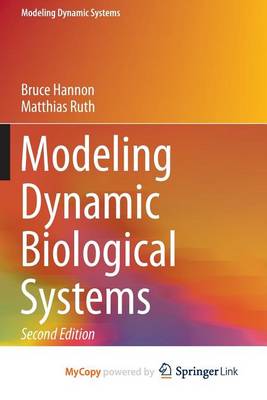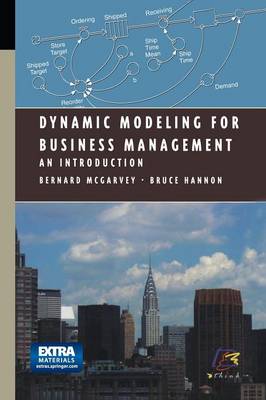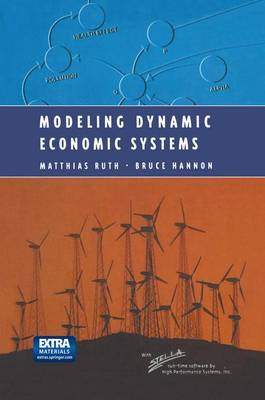Modeling Dynamic Systems
4 total works
Dynamic modeling refers to the use of computer programs to simulate the behavior of complex, changing systems. Such systems range from weather forecasting to the environmental impact of a pesticide to the economics of fish harvests. Hannon and Ruth have combined the computing power of the modern personal computer and the ease of use of the simulation software STELLA, and written an introduction to modeling that will be welcomed by students in disciplines ranging from biology to chemistry to engineering to economics. The "democratization" of modeling is intended to introduce simulation as an integral part of education which will prepare students to incorporate it routinely into their own areas of specialization.
Models help us understand the dynamics of real-world processes by using the computer to mimic the actual forces that are known or assumed to result in a system's behavior. This book does not require a substantial background in mathematics or computer science.
Dynamic Modeling for Business Management
by Bernard McGarvey and Bruce Hannon
Published 1 January 2004
Modelling is a tool used by savvy business managers to understand the processes of their business and to estimate the impact of changes. Dynamic Modelling for Business Management applies dynamic modelling to business management, using accessible modelling techniques that are demonstrated starting with fundamental processes and advancing to more complex business models. Discussions of modelling emphasize its practical use for decision making and implementing change for measurable results. Readers will learn about both manufacturing and service-oriented business processes using hands-on lessons. Then will then be able to manipulate additional models to try out their knowledge and address issues specific to their own businesses and interests. Some of the topics covered include workflow management, supply-chain-management, and strategy.
This book explores the dynamic processes in economic systems, concentrating on the extraction and use of the natural resources required to meet economic needs. Sections cover methods for dynamic modeling in economics, microeconomic models of firms, modeling optimal use of both nonrenewable and renewable resources, and chaos in economic models. This book does not require a substantial background in mathematics or computer science. STELLA II and MADONNA run-tim software and computer files of sample models accompany the book on a CD-ROM. The software is compatible with both Macintosh- and Windows-based systems.



